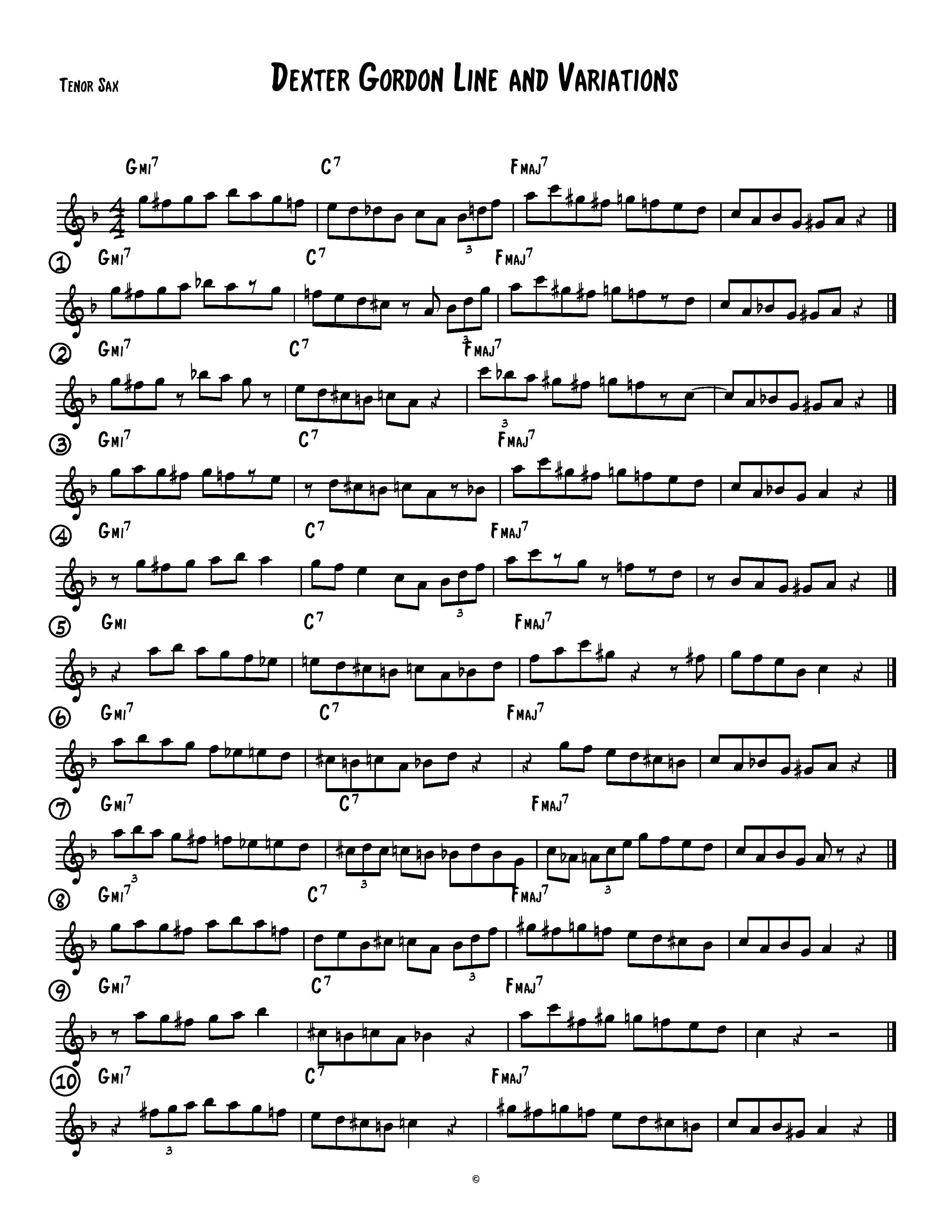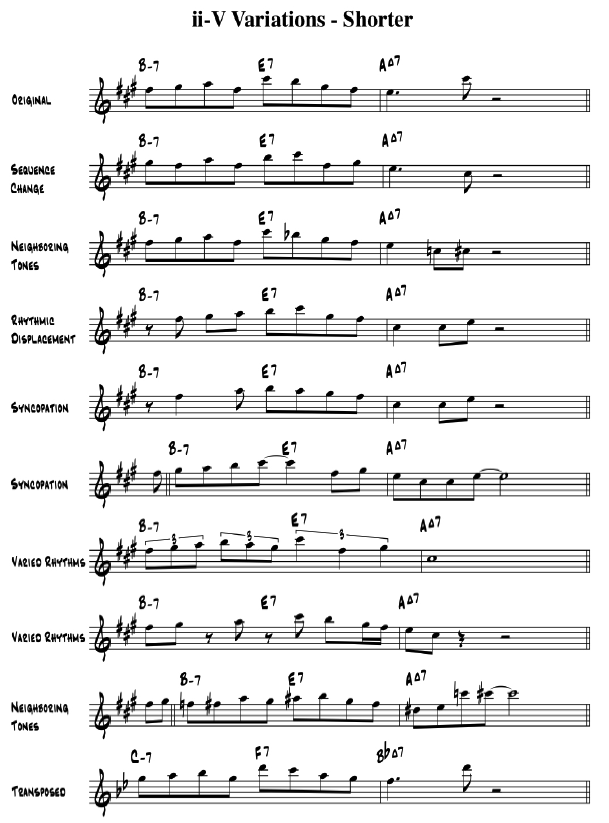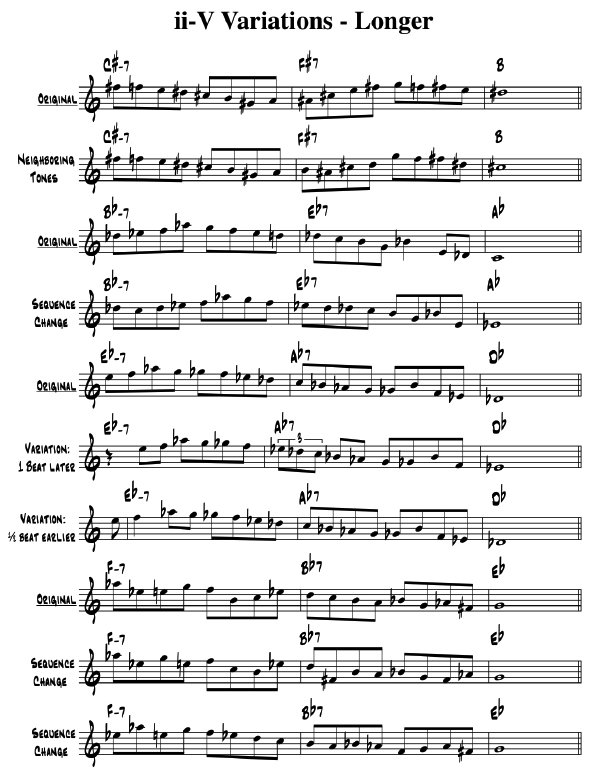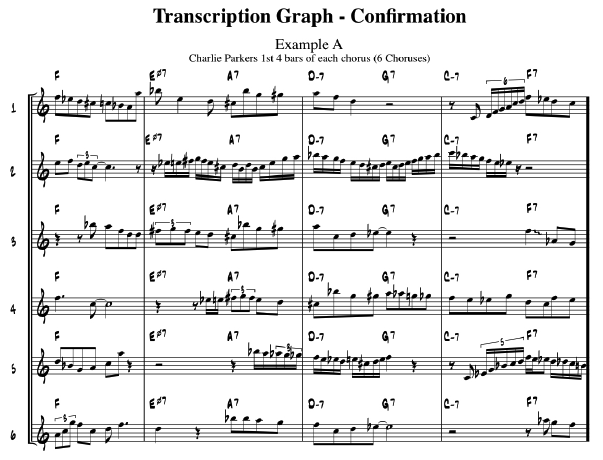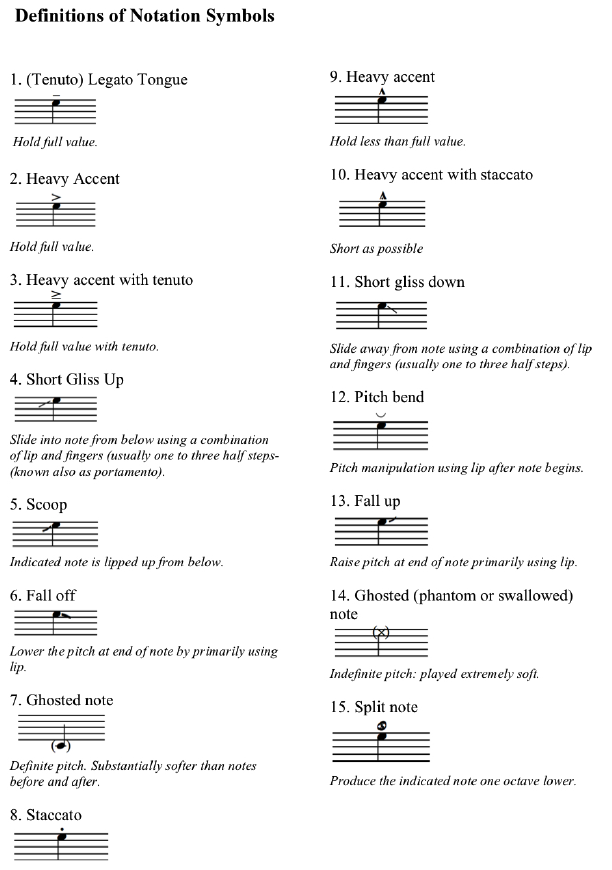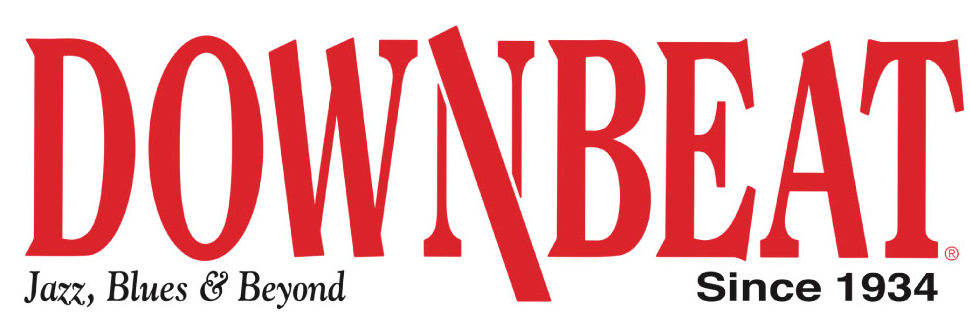EUROPE AND JAZZ (written in the 1990s) by DAVID LIEBMAN
When I review the days spent on the road at the end of the year, the percentage of time in Europe far exceeds anywhere else. I would venture to say that this is true for the majority of working jazz artists, even some of the superstars. This has been the case for several decades or more if you factor in famous expatriates like Ben Webster, Dexter Gordon, Johnny Griffin and others. Sidney Bechet, the father of the soprano sax has squares and boulevards named after him in France!! Is it simply a matter of the grass is always greener or that finding acceptance in one’s own backyard has always been traditionally more of a challenge for creative people? Or is it because jazz is viewed as foreign and exotic to Europeans, thus explaining its long appeal. Maybe we should just say that Europeans are just more sophisticated and cultured than us!! After all, almost everywhere you go in Europe there is something REALLY old staring you in the face, especially compared to the World Trade Center or Sears Tower. In my opinion, it is all of the above and more that causes Europe to be such a fertile land for jazz. There is definitely a long musical tradition which besides having provided for the church l liturgy has elevated music making to a high art. On the technical side, jazz harmony derives lock, stock and barrel from the European classical aesthetic with much having been written tracing the common lineage from Bach to Schoenberg. Because of this long tradition, music is considered a necessity in Europe. With the socialist political tendencies that have marked post- war politics, the most important fact of why the arts have continue to survive there is government funding. Pure and simple, there is money to support the arts and though the major beneficiaries are largely opera, theater and orchestras, jazz has received its share of the largesse. Surely it differs from country to country and fluctuates as the governments change but the e mandate is essentially intact. Some co-sponsorship with private companies has risen in the past decade to take up the slack of less government spending. Remember that until recently all radio and TV were state run and these stations had the responsibility to present all forms of culture, from rock to world music, jazz to classical. Finally, the romantic image of the smokey jazz club and the whole jazz culture in general resonates loudly in Europe where the concept of the café as a meeting place to hang out is part and parcel of their life style. To sum it up, I quote a statement that the famous impresario George Wein (founder of the Newport and JVC Jazz Festivals) told me: “If it weren’t for Europe, there would be no jazz!”
The European Jazz Scene
Prior to World War II there was some jazz played in parts of Europe, but it was definitely the post war generation exposed to Bird and the be-boppers, (some of whom came through on tour), who took jazz and began to develop it, at first derivatively, t hen slowly expressing an individual personality. Remember, when one says Europe you are speaking about an area comparable to the size of the U.S., but with over a dozen distinct cultures, histories and traditions. Each country has its own slant on the development of jazz with a distinct way of doing things. Given the rich classical tradition that these musicians were born to and in many cases trained in, you can imagine the interesting and diverse fusions of influences that have taken place there. The Afro-American roots of jazz which we take for granted in the U.S. didn’t really exist in Europe. But what they do possess besides the classics is proximity to many types of world music coming through colonization and subsequent immigration from Asia, the Middle East and Africa. Europe indeed has its own unique circumstances which have mixed with American jazz. By the 1980s there were more notable jazz personalities and styles from many of the countries than previously. Some had come through be-bop, while the new generation was affected by free jazz and Coltrane as well as fusion. By that decade, jazz education was well on its way throughout Europe. In fact, the 80s represented a virtual explosion of interest in jazz with more combinations of European and American musicians. There had always been a tradition of an American soloist(usually a horn player) playing with a European rhythm section. That trend increased during the 80s when even lesser known musicians were being invited to play with Europeans. Finally, the role of independent run record companies became quite pronounced in Europe from the 70s on, especially with the phenomenal success of the German-based ECM label. The European record producer was a special breed: non-compromising, expert in on e or more areas of the music, avid record collectors wholly dedicated to “art for arts sake.” It was through their support and commitment that many American musicians established a reputation as well as a platform to develop their art. With the American a attitude towards commercialism and profit margins so entrenched in our culture, all but a few artists could regularly record in the U.S. Personally, my first two recordings as a leader were for ECM in the early 70s(“Lookout Farm” and “Drum Ode”), and if it weren’t for the great support of several labels over the years, I probably wouldn’t be writing to you now!!
Myself and Europe
Maybe it was fate but even on my first trip to Europe while in college, I connected up with the scene. In June, 1967, I was finishing my third year of college at New York University. My parents gave me $1000, a book called “Europe on 5$ A Day”, a plane ticket and the first night’s reservation at a hotel in London. With my tenor and a few names of musicians I was off. That first night in London I made some calls the moment I got into the hotel. I ended up at the famous Ronnie Scott’s club and met a whole g group of young musicians rehearsing in a big band. For the next few weeks I stayed with saxophonist John Surman and Dave Holland(who would come one year later to New York to play with Miles Davis). On July 17th,the day Trane died, I arrived in Stockholm an d stayed with musicians there for awhile taking part in my first recording(“Och Hans Vanner”-Love Records), with pianist Lars Werner. After these weeks I went to Italy, Spain, France and Copenhagen(hearing Dexter Gordon) playing more than I ever had. This was the first revelation that there was a chance to play jazz after all. My life and its focus had changed forever. Little did I know how many times I would return to these same places over the years!! When I did return in the 70s it was much different with Miles Davis, Elvin Jones and soon my own groups. But it was really in the 80s that I began to seriously interact with European musicians, publish books, teach and record a lot. It has been a continuo us run since then. For me, Europe has been a mecca with a different relationship in each country. I would not be the musician I am without Europe and am eternally grateful to those who have supported me there. Overall, I would say it is the openness, curiosity and above all respect that I have felt from the European public and musicians which have been the main factors. Given the various cultural differences, this has worked greatly to my artistic advantage by having to adapt musically and still keep the integrity of what I do personally. The European musicians in general are less bound to the be-bop culture in the aesthetic sense. It is so interesting to see how the influences of various cultures, world music and the classical tradition have interacted t o create such individual music in some cases. I hesitate to describe the European jazz I encounter as “free”, but I would say that there is a remarkable openness on both the part of the audience and artists to playing in a less traditional manner. Following are my observations of some of the major characteristics of the jazz scene in various countries.
Scandinavia
Overall there are two strains of American influences which are quite pronounced in Scandinavian jazz. Because many expatriates resided in Sweden and Denmark in particular, there is a legacy of be-bop and the sophisticated audience which it engendered over several decades. On the other hand, there is the famous “Nordic” sound first made famous by Keith Jarrett’s recording on ECM “Belonging” from the 70s which used several Scandic musicians(Jon Christensen on drums, Palle Daniellson on b ass and Jan Garbarek on saxophone). This had a major influence on the jazz scene there and in fact worldwide as far as setting the tone of a style. The ECM label in fact has used a studio in Oslo, Norway for years to record many CDs and employed these an d other Scandinavian musicians for many dates over the past decades. Also, there is an abundance of big bands, both amateur and professional who regularly integrate the writing skills of some of America’s best composers: Bob Brookmeyer, Jim McNeely, Mari a Schneider and Vince Mendoza to mane a few. Exactly what is this “Nordic” sound that I have referred to which in turn has influenced American musicians? Maybe it is the long winters along with the heavy imbibing that takes place in this part of the world. In any case, there is a melancholic and stark flavor in the harmonic realm, quite different then the blues tinge that we are used to. Some of the other characteristics area great deal of minor based tonality, a pronounced folk song influence, sparseness of texture, long melodic lines, a lot of rubato phrasing, eighth note based pulse with a sprinkling of uneven meter, and a preponderance of reverb effect used on the recordings themselves. There is a definite and singular atmosphere or color to their music in general. The deepest musical education in Europe takes place in Sweden beginning at the high school level. There are many conservatories and programs in jazz as well as the other arts. For the working situation there is even a government sponsored agency which sends groups out to countryside towns for performances as well as an association of nearly 100 jazz clubs country-wide. The typical Swedish jazz musician is the best overall equipped craftsman around. This is reflected in their ability to play in many genres from free jazz to be-bop to fusion and of course the “ECM” style. They have a long relationship with jazz and are for example proud of the fact that Charlie Parker toured with Swedish sideman back in the early 50s. Overall there is usually some financial support from the government for many jazz musicians. The Swedish audience in keeping with the basic orderliness of their society is usually quite reserved and small in numbers, relative to the population of course. Close to Sweden, surprisingly I would place Finland. This small and rather mysterious country is reputed to have more orchestras and festivals of all sorts proportionally than any other country. I have toured towns with unpronounceable names way in the north near Russia which all have the most lavish and gorgeous concert halls. Again, there is some level of government support and several higher schools teaching jazz. The Finns have a justified reputation for reticence which definitely pervades the typical audience there. But like the Swedes they are very appreciative and fairly sophisticated listeners. Concerning Norway I haven’t as much time there but in many ways it is similar to Finland in that there is a nucleus of musicians more or less clustered around the capital of Oslo who are very active. Specifically, several of the most important musicians on the ECM label are Norwegian: Aril Andersen, Jon Christensen, Terje Rypdal and most notable of all, saxophonist Jan Garbarek. Denmark is a special case in Scandinavia because both in the physical sense(they are attached to Europe’s mainland) as well as culturally, the Danes combine the Nordic and European sense. They are a lively people, very warm and polite with great interest in humanitarian and environmental causes. In general their personalities are a bit looser than their Northern counterparts and more in tune with the American influence. Throughout jazz history, many expatriates have resided in Copenhagen, in large part due to the Dane’s traditionally equitable treatment of minorities. (Dexter Gordon and Kenny Drew were among the most well known.) The Danish are a great audience to play for as they really get into the music. Throughout Scandinavia but especially in Sweden and Denmark, there has been a long tradition of great bass players, ranging through classical, jazz and fusion. It seems that the great bebop bassist, Oscar Pettiford spent some time there and exerted a tremendous influence. In Sweden, American bassist R ed Mitchell lived for many years and was very important to the scene. Contemporary bassists of note are Nils Henning Orsted Petersen(NHOP for short)from Denmark, both Palle and Lars Daniellson(not related) as well as Anders Jormin from Sweden. Since 1985 I have been working with the rhythm section of Lars Danielson(bass) and Bobo Stenson(piano) from Sweden along with Norwegian drummer Jon Christensen. In this group, Jon basically sets the loose rhythmic tone while Lars holds the harmony and time as Bobo and myself dance over this bubbling foundation, often playing lines in tandem as well as blowing in the traditional accompanist-soloist relationship. The music ranges from very lyrical to almost austere in tone as well as some high energy free jazz. There are some Swedish folk influences and even a few jazz standards, but it is all played in the same stylistic “Nordic” vein. We have several recordings out on the Swedish-based Dragon label including a live date from Visiones, the former club in New York.
France
During the 1980s, the typical national French budget included over a 10% allotment for culture, of which jazz was part. This has abated recently but it has not entirely disappeared. Suddenly in that decade there were literally dozens of small and large festivals throughout France, as well as an abundance of record labels and at one time, nearly 200 “jazz” schools. The French have for decades been proud of their supportive attitude towards jazz. Many American musicians have spent time in the greatest of cultural cities, Paris. There was a vibrant Left Bank jazz scene in which expatriates of the bebop era ruled for years including Bud Powell, Kenny Clarke and others. The Art Ensemble of Chicago lived there for some years as did many avant garde musicians. Soprano saxophonist Steve Lacy has been in Paris for nearly 30 years himself. In my opinion outside of the northeastern part of America considering New York as the hub, Paris is the only other logical place to live if you are interested in jazz and its offshoots. Paris, even more than New York is literally a bouillabaisse of people and influences, mainly from the former colonies which results in a tremendous hodgepodge of musical cultures including southeast Asia and many areas of Africa, fro m Morocco and Tunisia to Senegal and other Western African countries. The French truly respond to jazz and enthusiastically embrace it as a people, probably more than anywhere else. It is not uncommon to hear jazz at road stop restaurants or when you fly Air France as you enter and exit the plane. Because of the explosion of government support in the 80s, and as part of their general Gallic pride in anything French, their own musicians have been better supported than anywhere else on par with Sweden. The French musicians have therefore developed quite a bit in the past decades and they have a unique style all to themselves. I don’t intend to denigrate it by calling it vaudeville (a French word in any case), but a lot of French jazz has and almost minstral show quality to it. Maybe it is the theatrical influence from Moliere and the Comedie Francais along with the literary tradition of Flaubert, Stendhal, Baudelaire, etc., but I detect a sincere effort to entertain the audience with the music. The French truly have their own sound. Also it is saxophone-clarinet land to be sure. Along with the oboe and flute, a great deal of the historic development of these instruments is due to French craftsmen. Some say that the elocution of their language causes the typical Frenchman’s lips to articulate in a way favorable to woodwind sound production. In any case, some of the oldest and most popular instrument, reed and mouthpiece manufacturers are in France including Selmer (saxophones), Louray (oboe) and Buffet (clarinet). One particular thing strikes me about the French audience to their credit. Once they are convinced that you are valid, they remain loyal forever. They can be very opinionated, sometimes a bit uniformed and even prejudicial, but if they take you into their orbit you will always be accepted. To the French, being an “artiste” is everything!! For me, France has definitely been the best scene for me, due mostly in part to the recordings and great support I received from Jean Jacques Pussiau, owner of Owl Records. We made seven CDs ranging from West Side Story to fusion to classical and free jazz as well as tributes to Miles and Coltrane. I have had the opportunity to work with the trio of Jean Francois Jenny Clark, one of the greatest of all bassists (recently and sadly passed away), pianist Joachim Kuhn (German but lives in France for years) whom I have known for 25 years and is a consummate musician, and drummer Daniel Humair, who in a sense represents the history of European jazz having begun playing with Bud Powell as a teenager in the early 60s. Well rooted in jazz history, they like to p lay hard, angular melodies with complex harmony followed by completely free improvisation usually at very fast tempos. Also in France, I have been invited often to play with Michel Portal who represents the best in the French tradition. He is an expert an d famous classical clarinet who also plays a sort of free jazz influenced at times by his Basque roots. He is not a be-bopper but plays the horns so well and has such great musical instincts that he is capable of some wonderful moments. In the recent pas t I have formed a trio with a bassist similar to Portal in the sense that he too is a classical expert who among others has worked with Pierre Boulez. Jean Paul Celea plays the bass so well that whatever comes out is musical. The drummer in this trio is Austrian, Wolfgang Resigned, who plays in a very modern and energetic mold along the lines of Jack DeJohnette. This group deals in a free jazz context similar to the first group I was involved with, the Open Sky Trio with Bob Moses in the early 70s. The common thread with all of these musicians is their classical background and familiarity with that repertoire, way beyond mine by the way. Therefore, they begin at a technical point on their instruments that is astounding.
Germany and Austria
With the long and historic tradition so linked with the German culture for hundreds of years, their audience is highly developed and the most mature in the world. This directly leads to the existence of many small and independent labels dedicated to p resenting jazz over the years (ECM,ENJA,CMP).. With the largest market in Europe, their famous efficiency and such a highly educated population, jazz has traditionally done well in Germany. For years there were several full time resident big bands working for the regional radio stations which regularly played jazz. The cabaret and beer hall tradition of German society where people socialize has contributed to a high number of jazz clubs throughout the years, though this has greatly evaporated recently. From the post war years and still, the presence also contributed to the direct influence of American culture-not only in jazz, but pop also. There is one distinct aspect of German jazz which has been evident for several decades. That is the free jazz movement which has continued to exist even after its near disappearance in America. I would trace this to the classical avant-garde tradition of the early 20th century with Schoenberg, Webern, Berg and others of that ilk. Some of Germany’s top practitioners in this regard are Alexander Shlippenbach, Peter Brotzmann and most notably, trombonist Albert Manglesdorf. The free jazz influence was also felt in the former Eastern bloc countries, more so before the end of the Berlin Wall than now. But there are still some festivals completely devoted to avant garde music, while at the same time you can attend pure Dixieland events (a contrast which by the way occurs in almost all of the countries surveyed here). The typical German audience as I have mentioned is the most sophisticated in the world as far as jazz is concerned They are knowledgeable and thought they can be faddish with styles being popular for awhile, then fading, usually the highest level of listening takes place there. They are respectful but let you know how they feel. Jazz education exists in several places including, Mannheim, Essen, Cologne, Frankfurt and Berlin for the most part alongside longstanding classical programs. Overall, with such a large population, high income levels, and in one area of Germany a sort of cultural tax for each citizen, this country has been a major force for the support of jazz for several decades. Austria is much smaller in population than Germany with the main center of course being Vienna. It also enjoys a rich classical tradition which is virtually inseparable from Germany. There are many fine musicians involved in all kinds of projects especially with chamber music and other types of traditional ensembles being incorporated in various mixtures of sorts. The level of musicianship in Austria is extremely high, but in general the audience is not as discerning as their German neighbors. Although I don’t have a steady rhythm section in Germany as in France and Scandinavia, I have had some important relationships in other ways. Advance Music, run by Hans and Veronica Gruber, have published most of my books as well as chamber music. They have been very supportive, especially in view that many of my teaching materials are not commercial or meant for the wider audience. The same could be said for the record company CMP, run by Kurt Renker. I have done some of my most artistic recordings at the wonderful studio that Kurt has in the German countryside along with one of the greatest engineers alive, Walter Quintus. Our latest project is a solo recording titled “Time Immemorial”. The northwest part of Germany (around Cologne) is home for the WDR( West German Radio) which covers both TV and radio. They are well funded and have a full time jazz big band that does all types of creative projects featuring soloists. I have done work there with Jim McNeeley, Vince Mendoza and in an orchestral setting with Bill Dobbins who now heads both the WDR big band and the jazz department at the Cologne Hochshcule. The whole concept of soloing over large ensembles has added greatly to my skills and besides, it is a thrill of a different sort fronting so many musicians. This experience comes directly from my interaction with the German scene.
Italy
There is a natural correlation between the Italian temperament and jazz. For Italians, the energy, joy and enthusiasm of jazz is a natural. The scene as far as musicians is concerned is quite active. Unfortunately, the Italian government(s) do not have their act together enough to subsidize this music at all, nor is there much jazz on radio or TV. This is a bit sad because there is so much culture surrounding them on an everyday level, and there is much support for opera of course. Finally, in the pa st decade jazz was officially recognized by the very traditional university system, which as in most of these countries is state supported, very old and very conservative. The Italian musicians play all kinds of styles from be-bop to free. Besides England and Holland, they have been the most heavily influenced by American jazz. Possible due to their operatic tradition and ecclesiastical music, they definitely have a gift for melody and for some reason the trumpet has been quite popular for Italian jazz a rtists. Some notable trumpeters are Enrico Rava, Flavio Boltra and Paolo Fresu. The Italian audience is by far the most enthusiastic and warmest that one encounters. They love everything usually. In fact, it is hard to separate the Italian life style of great food, wine, high fashion, beautiful towns and villages, medieval art and culture everywhere as well as the mellifluous sounding language from their enthusiasm about jazz, film, opera, painting and the arts in general. For that matter they are equally enthusiastic about gossip. After all, the term “paparazzi” originates with the Italians! They are a most remarkable people and the musicians and audience alike reflect this. Touring in Italy is extremely enjoyable (outside of the frequent transport strikes).I always enjoy playing with the acclaimed pianist Franco D’Andrea, trumpeter Paolo Fresu and saxophonist Maurizio Giammarco among others. Also in Italy I have recorded some repertoire CDs for Red Records and original music for Soul Note. Just to give you an insight into the attitude of European record producers, I quote what the owner of Soul Note, Giovanni Bonnandrini said to me when I asked if a particular project was al l right. He said: “The only thing is that the music be creative”!! (How many American producers would say that?)
Holland, England, Ireland and Spain
All of these countries (except Spain) have in common the large effect of American jazz. Maybe it is language, because even the Dutch are quite fluent in English. In England itself, there is a long tradition of “trad” (dixieland), but there have also been great beboppers and free musicians. London, like Paris and New York is a world city with all the different influences from former colonies and immigration affecting the music. For years, one of the most famous clubs in the world, Ronnie Scotts h as been presenting world class jazz. Jazz education exists to some degree and there have been a lot of notable jazz journalists, books and periodicals coming from Britain. The staid English audience is a given, but they are the most hospitable of peoples, genuinely gracious and polite. The list of notable English musicians is impressive: Dave Holland, Tony Oxley, John Surman, Kenny Wheeler(Canadian but living in England for years) and John Taylor to name a few. The Netherlands is a small and very densely packed country which has an extensive university system for jazz education. The Dutch musicians are highly skilled and very adept at all styles with a wide range from be-bop to free. The audiences are good and have an exceptional tolerance for free jazz which has been widely accepted there. Musicians such as Hans Bennink and Wilhelm Breuker have excelled in this music. One of the biggest festivals in the world runs in the Hague there during the summer called the North Sea Festival. Ireland which is truly tiny in population has in recent times really come up in jazz. They are obviously tied to both the U.S. and England, but due to a handful of energetic musicians led by bassist Ronan Guilfoyle, as well as the strong artistic tradition native to this island culture, the Irish sound is becoming more individual, especially in the realm of rhythm. Spain, relatively new to jazz and more isolated culturally, has of course its own rich flamenco tradition which permeates the entire society there. In both Barcelona and Madrid there are full time schools where hundreds of students of all ages study around the clock. The progress of the Spanish musicians has been remarkable over the past decade. Although they bear some similarities to the Italians and the lyrical heritage, they possess a soulfulness and rhythmic intensity all their own.
International Association of Schools of Jazz
The founding of the IASJ in 1989 was the result of my personal efforts to bring the various cultures together along with of course America and other parts of the world, all with the common thread being their love and teaching of jazz. Currently we have 35 countries represented on every continent and have held meetings in a different school each year. Upcoming are meetings in Spain, France, U.S., Finland and Japan. Over the years I have handed out to all the participants a questionnaire meant to gather various information including how the students began in jazz , their influences and views on a wide range of topics outside of the music. This questionnaire is in reality statistical proof of the axiom that jazz is universal. Pat Dorian and Terry Giffel of East Stroudsburg University in Pennsylvania have taken it upon themselves to prepare an analysis of this data which will is available in the research division of IAJE. Some quick findings offer the following points of interest: -Forty eight percent of those surveyed(256) come from musical families. The large majority had their first major jazz experience between the ages of 14 to 16. Miles Davis(book, video, recordings) was mentioned by thirty seven percent as the biggest influence; Coltrane by 30%. “Kind of Blue” was the leading recording mentioned. Definitely check out the research paper for more interesting conclusions.
Final Words
The fact that a musician like myself, steeped in American jazz and New York in particular, can be fortunate enough to share spiritual moments with so many people from a different part of the world is a testament to the universal appeal and potential power of this music. I honestly feel that the future will see more and more international collaborations for jazz musicians coming from all parts of the world, infusing the music with a breath of fresh air and enthusiasm .For sure, Europe has definitely been a god send for the life of jazz.




